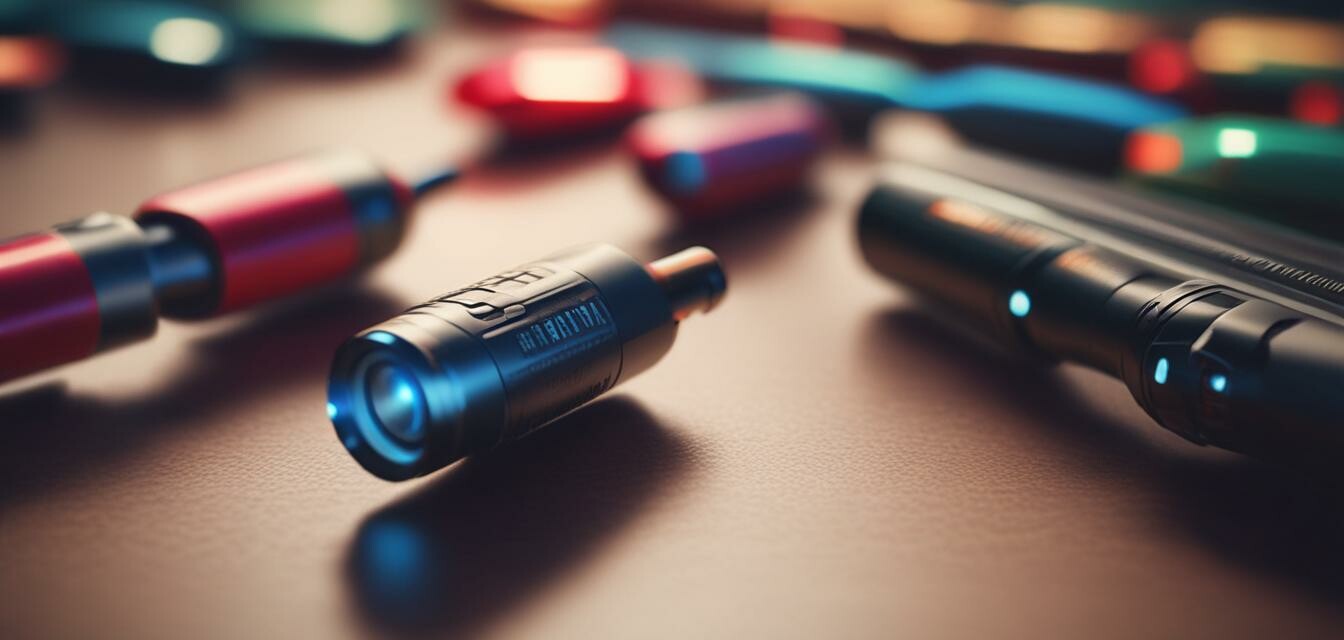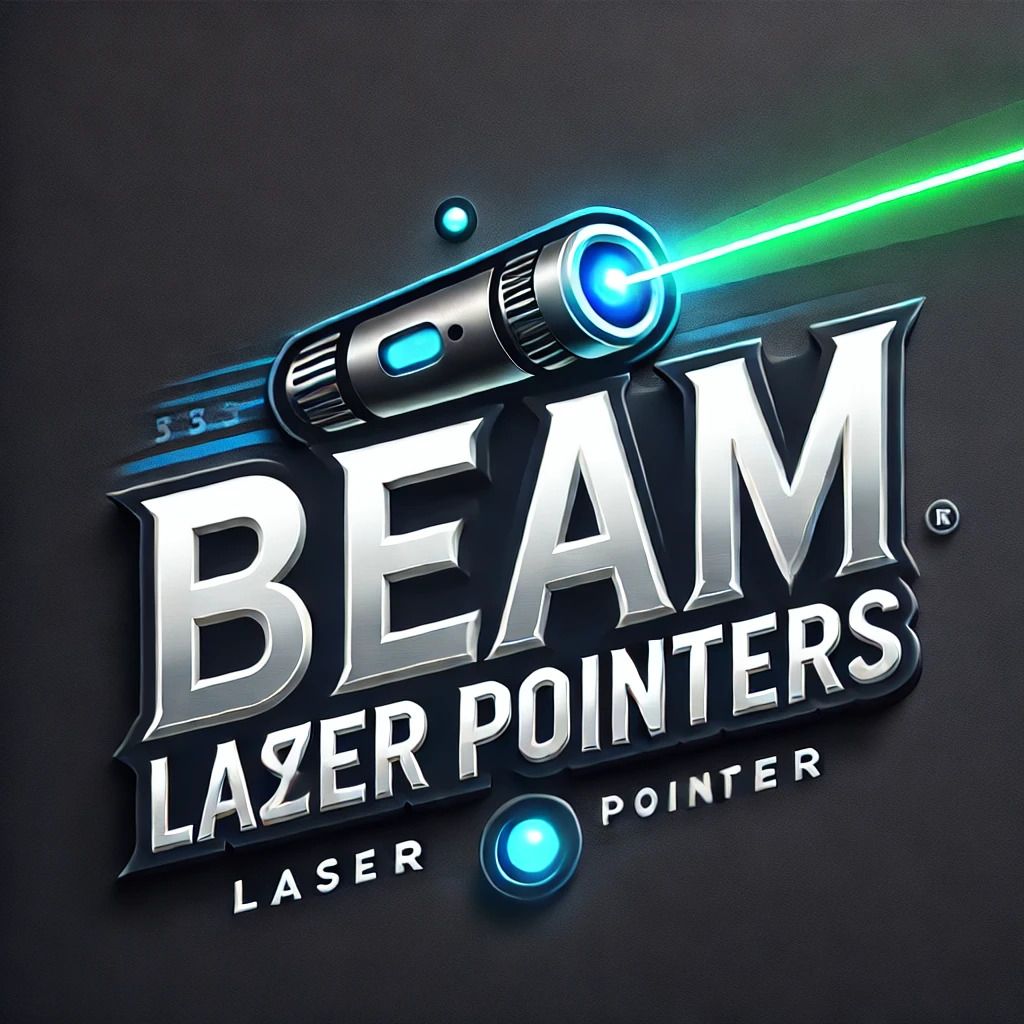
Understanding safety protocols when using laser pointers
Key Takeaways
- Always verify the laser's power class before use.
- Aim lasers away from eyes and reflective surfaces.
- Use laser pointers in well-lit environments to minimize risks.
- Follow specific guidelines for various use cases, such as education, outdoors, and training.
- Regularly inspect and maintain your laser pointer for safety.
Laser pointers can be useful tools in education, presentations, and outdoor activities. However, ensuring the safety of yourself and others while using them is paramount. In this article, we will explore essential safety protocols when using laser pointers in various settings.
Understanding laser pointer classifications
Laser pointers come in various classes, each indicating their potential hazards. Understanding these classifications is the first step in ensuring safe usage.
| Class | Power Range (mW) | Description |
|---|---|---|
| I | 0.5 | Safe under all conditions of normal use. |
| II | 1 | Low power; the eye's aversion response protects against exposure. |
| IIIA | 5 | Potentially hazardous if aimed directly at the eye. |
| IIIB | 5 to 500 | Can cause severe eye injury, mostly due to direct exposure. |
| IV | 500+ | High risk; can cause skin burns and eye damage. |
General safety guidelines for laser pointer use
No matter your environment, following specific safety guidelines can help reduce accidents:
- Do not aim at people or animals: Always ensure the laser beam is aimed away from eyes and reflective surfaces.
- Use in well-lit areas: This minimizes potential hazards and increases visibility during presentations.
- Turn off when not in use: Prevent accidental exposure by completely powering down the device during breaks.
- Keep away from children: Ensure children are not playing with laser pointers without supervision.
Specific safety protocols for different settings
Safety protocols can vary based on where you're using your laser pointer. Below are tailored guidelines for common environments:
In educational settings
- Always inform students about laser pointer safety.
- Ensure pupils know to never look directly into the laser beam.
- Use the device during well-structured presentations to prevent distractions.
Outdoors and recreational use
- Avoid using lasers in crowded areas to prevent accidental exposure.
- Be mindful of wildlife; lasers can startle animals or disrupt their behavior.
- Ensure you’re not aiming towards a populated area or roadway.
Tactical and training applications
- Use only the appropriate class of lasers aligned with the training objective.
- Always follow the specific training guidelines provided.
- Maintain strict control over the laser pointer at all times.
Tips for safe laser pointer usage
Beginner tips for using laser pointers
- Read the user manual before operating your laser pointer.
- Test the laser in a safe environment before full use.
- Practice aiming and adjusting settings prior to presentations or activities.
Maintenance and inspection
Regular maintenance can prevent accidents and ensure your laser pointer remains safe to use:
- Inspect the device regularly: Check for any visible damage that could lead to malfunctions.
- Keep the lens clean: A dirty lens can affect performance and accuracy.
- Store safely: Always store your laser pointer in a dry and secure location.
Pros of using laser pointers
- Enhances presentation clarity.
- Engages audience during education.
- Versatile usage across different fields.
Cons of using laser pointers
- Can be misused if not handled correctly.
- Potential for causing eye injuries.
- Brightness may overwhelm certain environments.
Conclusion
Using laser pointers effectively and safely requires adhering to established protocols tailored to various settings. By staying informed about the classifications, guidelines, and maintenance practices, users can significantly reduce the risks associated with laser pointer usage. Always prioritize safety to ensure a beneficial experience, whether in education, outdoor activities, or professional training.
For more information on laser pointers, consider visiting our Educational Resources section or explore Presentation Lasers and Astronomy Lasers.



